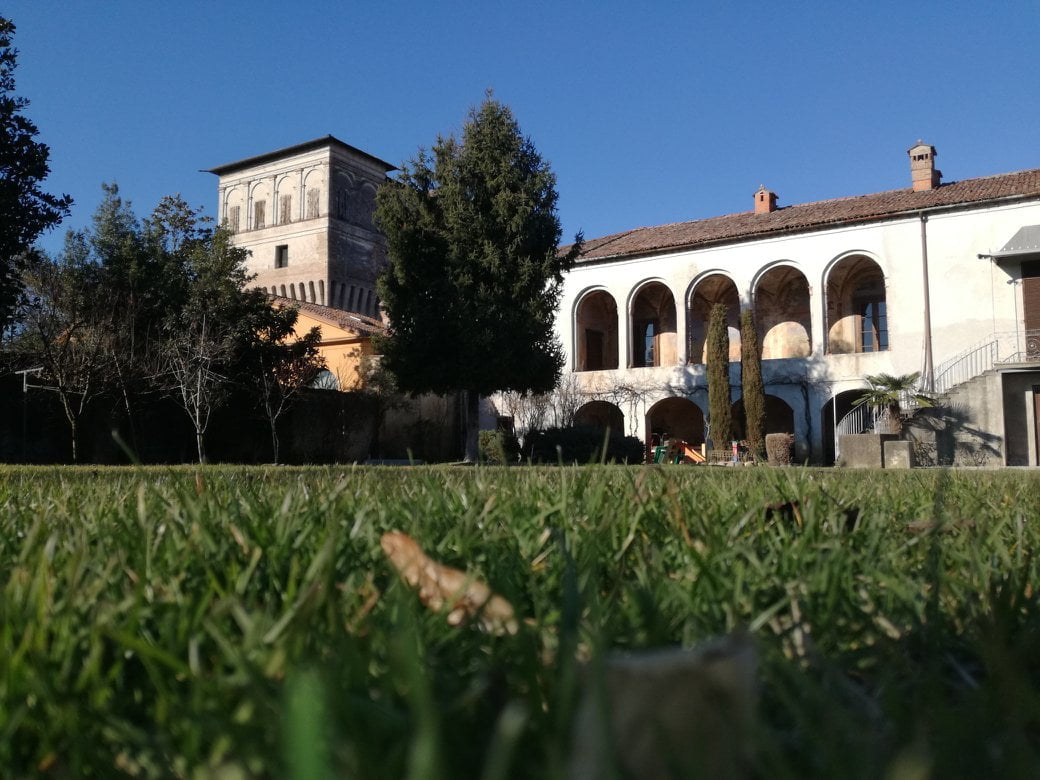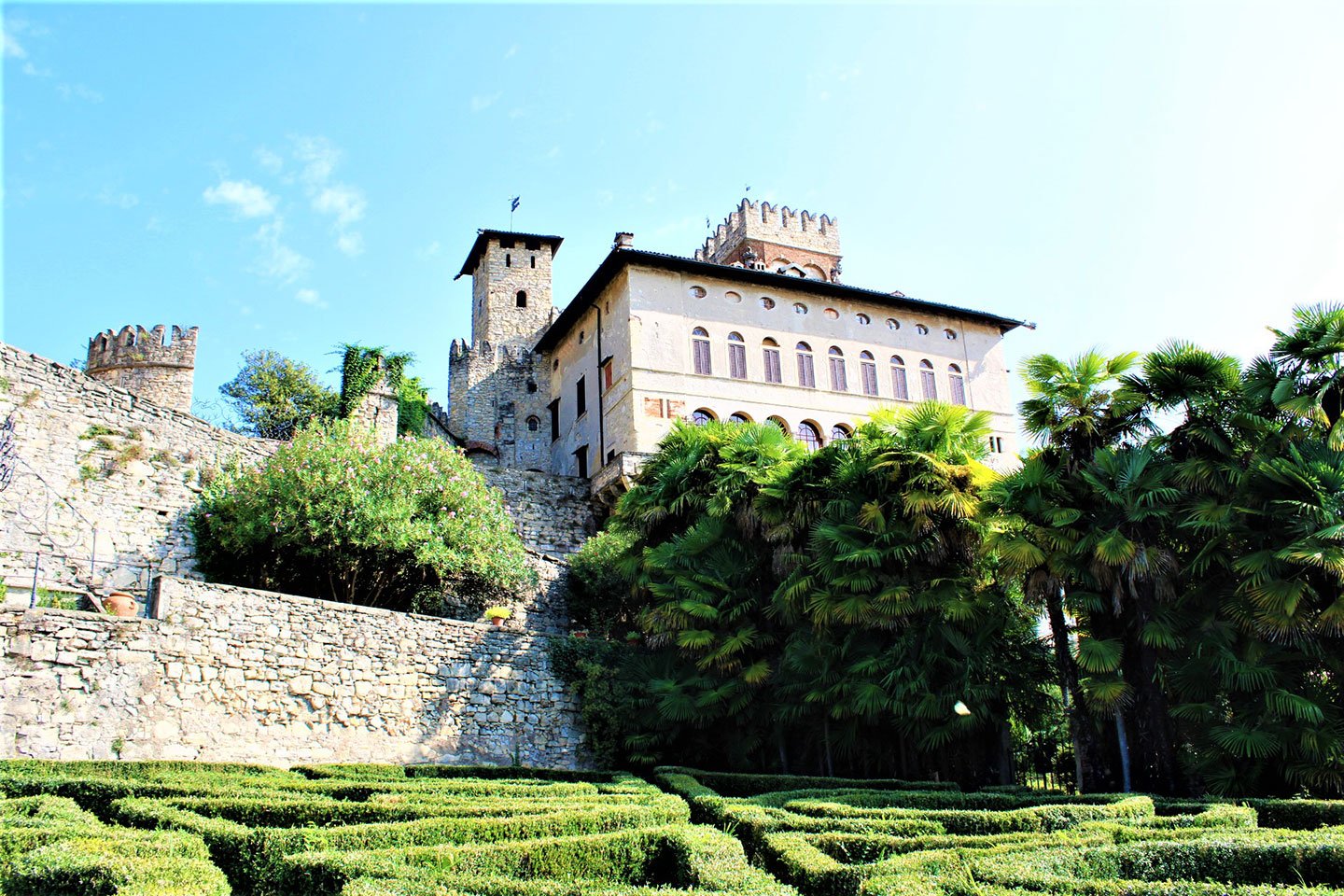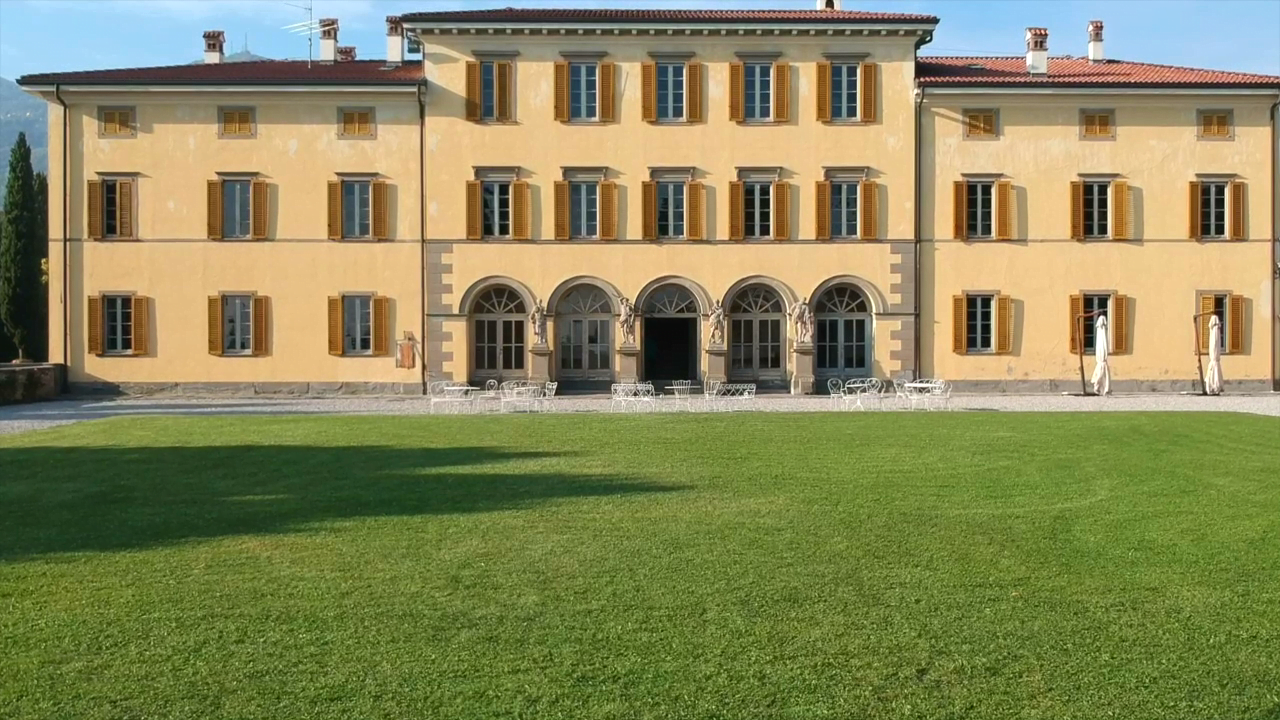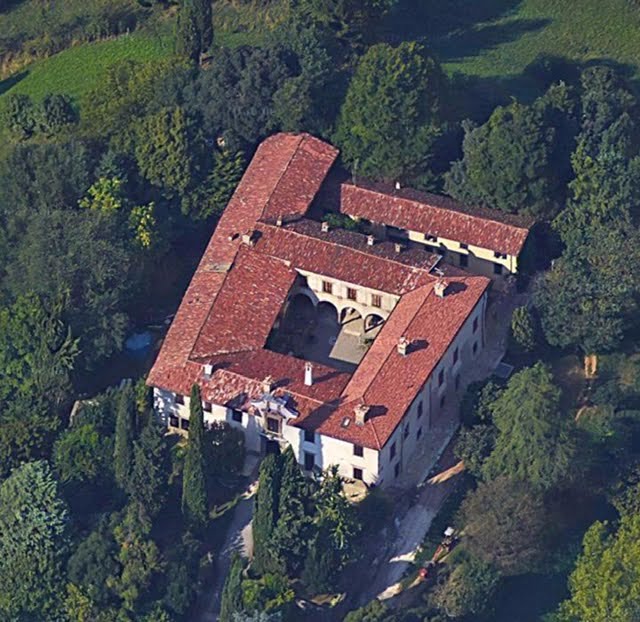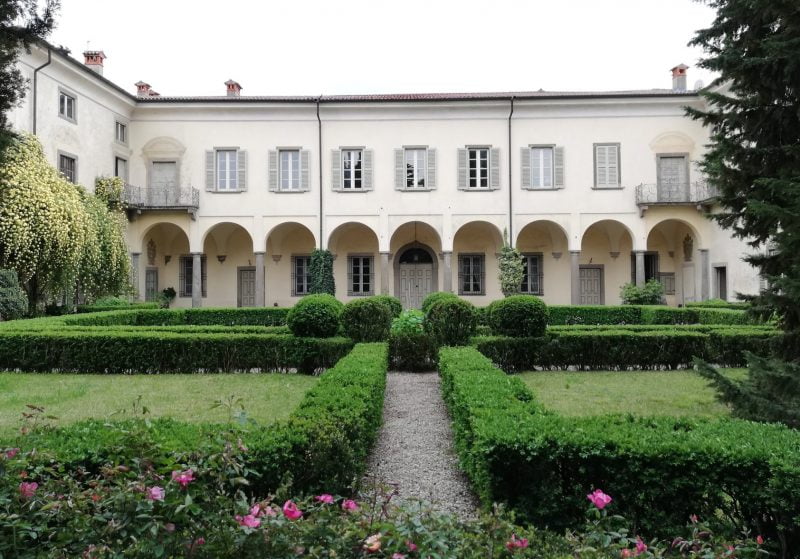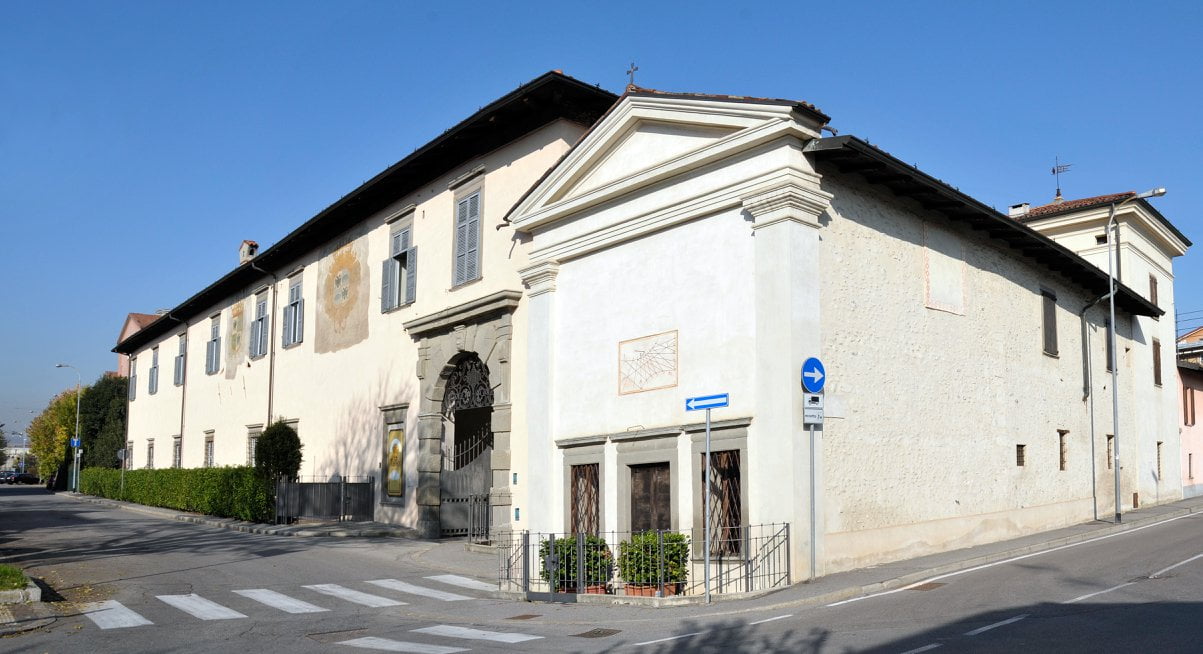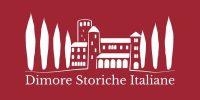Villa De Ferrari Bagatti Valsecchi is located on a small hill in the municipality of Merate (Lecco), serving as the centerpiece of a charming residential and agricultural estate. It is a rare surviving example of the limited urban complexes that once defined the rolling Brianza region. This area, which developed prior to the extensive urbanisation of the 20th century, and particularly after World War II, has managed to preserve its distinctive charm.
The complex consists of the main building, a 18th-century villa, encircled by a large, predominantly romantic-style garden, annexed service outbuildings and a rural courtyard containing farmhouses and barns once used for livestock and food storage.
One of the garden’s highlights is a small natural spring-fed pond, along with majestic centuries-old trees, including a magnificent Lebanon Cedar planted in 1836.
The estate formerly belonged to the noble Ghilio family, who helped shape its present-day appearance. The family lineage ended with Giacinta Ghilio, who had married nobleman Pietro Bagatti. After her death, the property was inherited by her husband’s family, later known as Bagatti Valsecchi. The name the villa carries today was adopted in 1920, when Marquis Baccio De Ferrari married Maria Bagatti Valsecchi, the daughter of Giuseppe Bagatti Valsecchi, an illustrious Milanese architect and the co-founder, along with his brother Fausto, of the Bagatti Valsecchi Museum House in Milan.
Pietro Bagatti Valsecchi (1802-1864), an artist and painter – who created the V40 stained glass window of the Milan Cathedral depicting the martyrdom of Saint Thecla – left a lasting mark on the Villa. He left some of his finest works in the villa, particularly in the small neo-Gothic eclectic pavilion, which he added to the western façade in the mid-nineteenth century.
Today, the Villa and its beautiful garden are open to welcome receptions, concerts, exhibitions and other events, as well as guided tours, which are mainly conducted by the younger generation of the Bagatti Valsecchi family. These visits offer a blend of art history combined with fascinating family stories.


